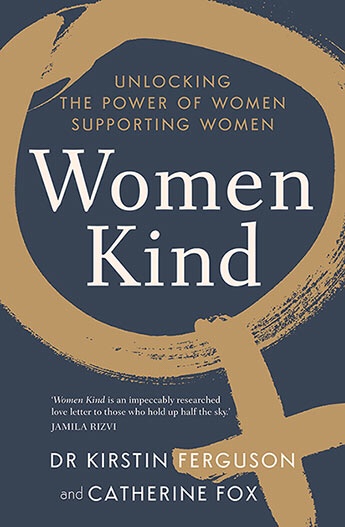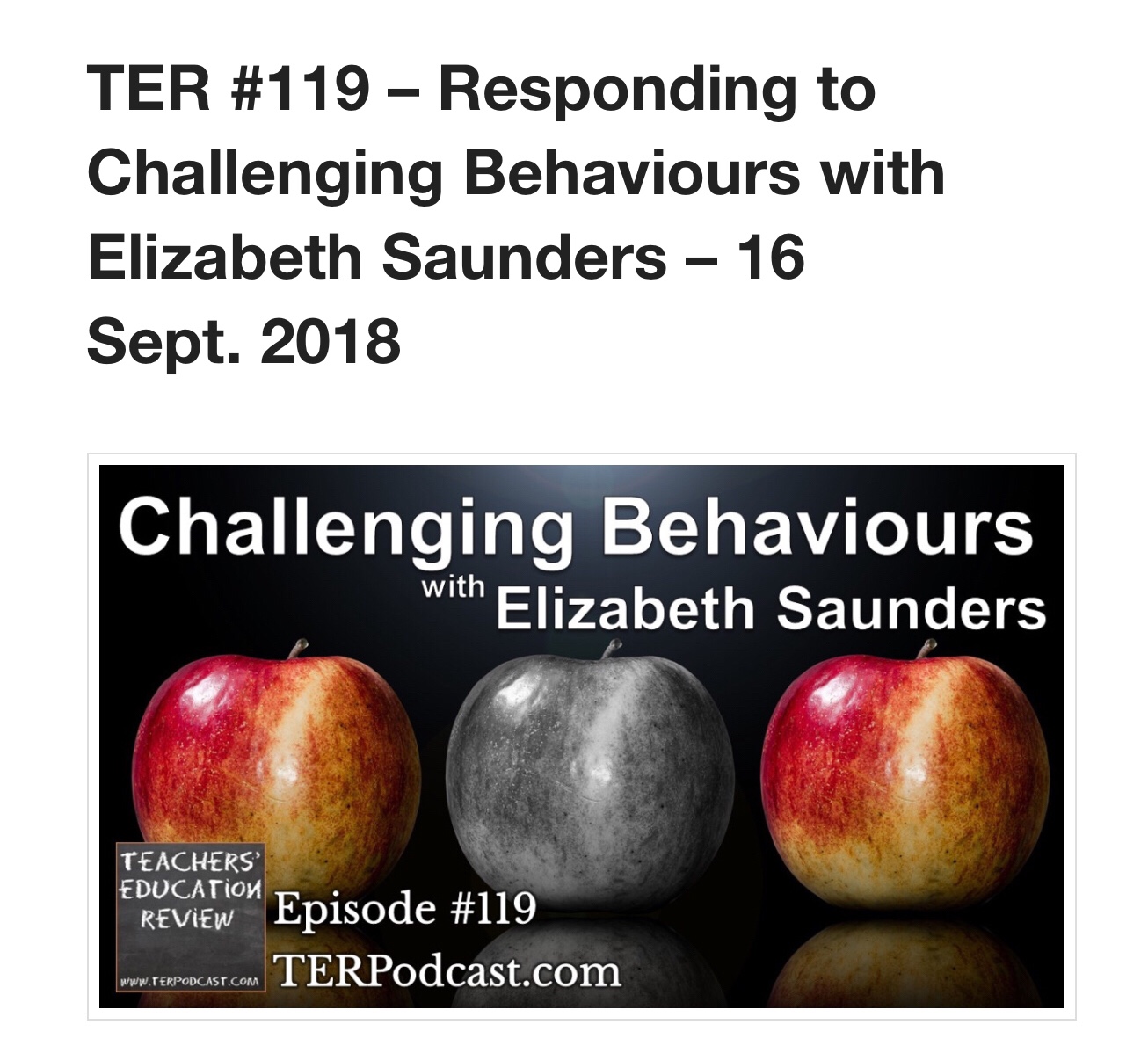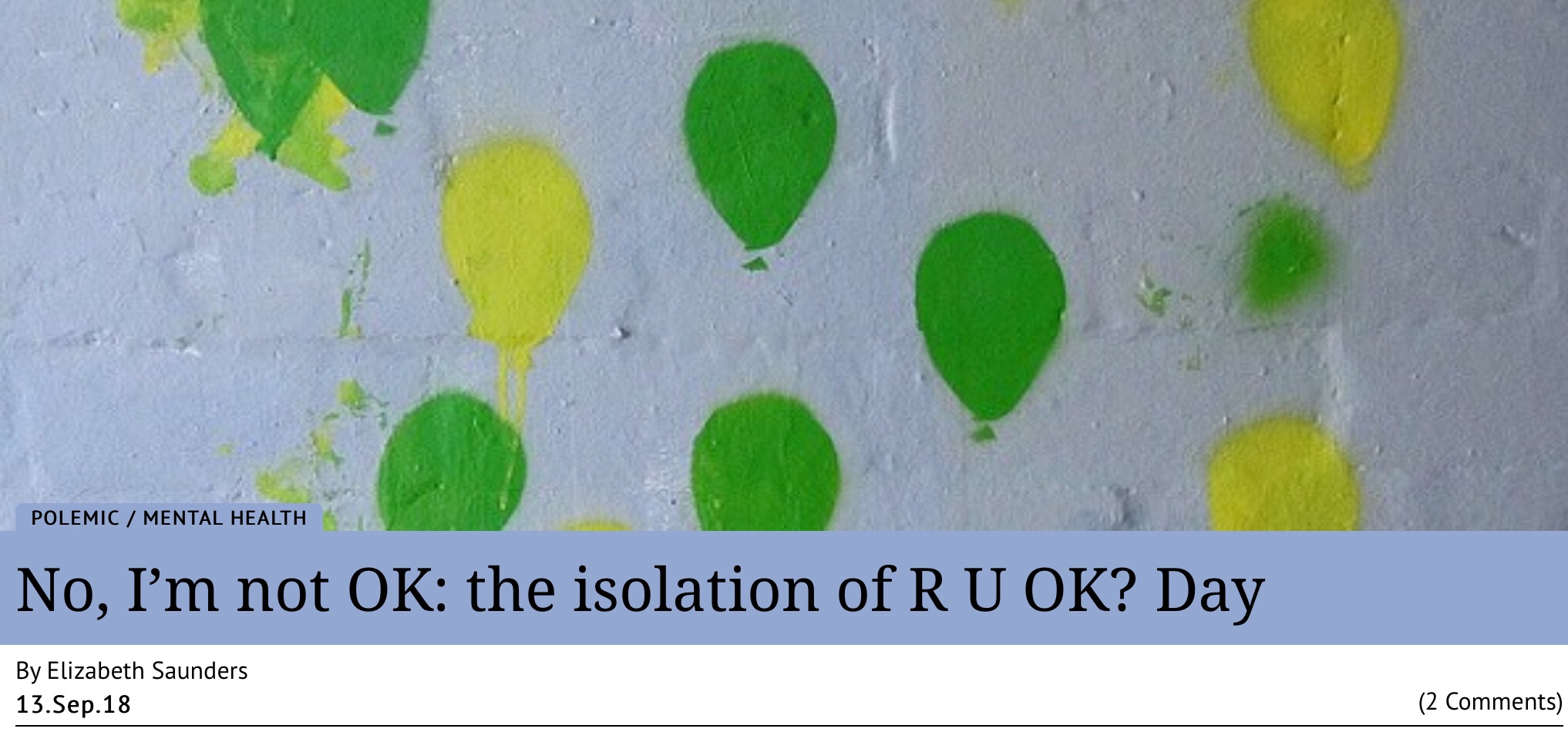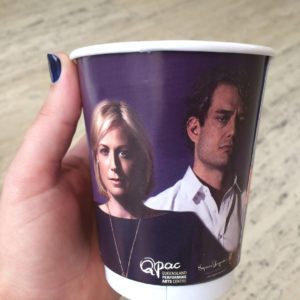Author: admin
The Power Of Kindness

Big things happen when women get fed up, and take action.
Dr Kirstin Ferguson, the creator of the #CelebratingWomen campaign, was at the beach on the Christmas holidays almost two years ago and was angry and upset at the vile comments and vitriol that were continually directed at women online, especially her female ABC colleagues. Women who are the targets of abuse online are told to ignore, mute, report, block – and all these things certainly have their place – but Ferguson wanted to try change the tone as well, and so, as women often do, she channeled her anger into action, and the #CelebratingWomen movement was born.
Throughout 2017, the profiles of two women were shared daily. Social media was awash with celebration, to try to drown out the denigration. By the end of the year, 757 women from 37 countries had been celebrated and made visible as role models to others. The group of women was incredibly diverse. It was joyous to look each day to see who it was going to be, as was the experience of being profiled myself. Often the profiled woman was a public figure I recognised easily, many times it wasn’t, and I truly value the connections that I made through #CelebratingWomen. I really noticed the absence once 2018 rolled around and I would go to check who it was that day, and then remember that there were no more posts!
Women from all walks of life were profiled – students, communicators, environmentalists, financial advisors, stay at home mothers, stay at home grandmothers, cricket commentators, advisors, journalists, politicians, cancer warriors, chefs, volunteers, businesswomen, writers, doctors, musicians, pharmacists, lawyers, safety experts, community workers, futurists, farmers, playwrights, aid workers, public servants, chairwomen, counsellors, advocates, scientists, publishers, librarians, producers, paramedics, researchers, servicewomen, sportswomen, car dealers, pilots, speakers, board members, real estate agents, artists, DJs, broadcasters, actors, brewers, social workers, retirees, psychologists, dancers, veterinarians, beauty therapists, nutritionists, designers, directors, authors, artists, horticulturists, nurses, Olympians, editors, academics, coaches, dentists, lecturers, retailers, and so many more.
It was actually quite hard for me to write that list of occupations, because women were specifically asked to describe the tasks that they actually did for whatever they considered their ‘work’, not their job titles or positions. Each woman self nominated and answered the same four questions and provided four photos – a description of what you do, what you wanted to do when you were young, to describe your life in three words, and who you hoped to inspire. There was no criteria (beyond identifying as a woman) and no vetting or selection process. Each women was introduced just as her first name, with no titles or qualifiers, and then her own words about herself.
Surprisingly, the #CelebratingWomen campaign attracted almost no negative or abusive comments, which was paradoxical when it was happening in the same, often toxic, social media space which had initially spawned the whole campaign. Instead, it was a ray of sunlight. In amongst all the tweets about how the world it on fire and everything is awful, the power of kindness and women raising each other up gave overwhelming respite and happiness.
Ferguson teamed up with Catherine Fox (author of Stop Fixing Women) to write Women Kind, released by Murdoch Books last month. Backed by scrupulous research, they explored the #CelebratingWomen phenomenon more closely, and looked at what happens when women support each other. Women Kind blows the ‘Queen Bee’ idea out of the water and is full of first hand accounts and practical examples of what leaders, organisation and individuals of all genders can do to support women for the benefit of all.
Just like the girls who crashed their brothers’ Boy Scout Rally at Crystal Palace, the women who have fixed a problem for a workmate who was sobbing in the toilets, the tsunami of women who shouted #MeToo, those who take to the streets time and time again to protest injustice and refuse to accept the substandard hand they have been dealt, #CelebratingWomen and Women Kind show the power and change that comes from women helping each other and taking action.
Responding to Challenging Behaviours with Elizabeth Saunders: Teachers’ Education Review Podcast Episode 119

This week I am featured on Australia’s premier schools and education podcast, Teachers’ Education Review.
Cameron Malcher and I discussed working with students with challenging behaviours, the importance of context, what the evidence says and strategies teachers can use. To assist everyone to be safe and have the opportunity to learn.
The podcast can be accessed here or through your usual podcast app.
No, I’m not OK: the isolation of R U OK? Day in Overland
 Today my piece entitled No, I’m not OK: the isolation of R U OK? Day was published in Overland online magazine.
Today my piece entitled No, I’m not OK: the isolation of R U OK? Day was published in Overland online magazine.
Content note: mental health issues, suicide, R U OK? Day.
Children’s book reviews
It is with great excitement that I can reveal some pre publication children’s book reviews. Please watch the videos below for the latest, with more to come soon.
6 Books in 60 Seconds
I’ve started a new series where I will give flash reviews of six books in a theme in a minute. Have a look here.
Mrs Saunders’ Teaching Tips
I have launched a new series with a variety of tips, tricks and hints which might be helpful to other teachers. Please have a look, and share with others if you find them useful.
MATHS FOR KIDS Rainbow Number Facts to 10
Please enjoy this video which Miss Six and I made about Rainbow Number Facts to 10!
The Dark House of Make Believe
A response to Scenes From A Marriage
My husband and I leave our two daughters playing in our living room, with a babysitter. We are greeted by their two daughters playing on a stage living room, soon to be whisked away by another babysitter. Soon, the actual young ones are all safely tucked in, but it’s a pair of children who remain on stage. Marianne and Johan are excessively unlikeable – him arrogant and entitled, her silly and candied, both utterly juvenile. He’s the tantruming toddler, she’s playing with two doll houses – one a toy, and one their life.
In our own house, our two year old sometimes takes my shoes from the bottom shelf and shuffles around in them – even though she’s not supposed to. A toddler clopping around in her mother’s heels, trying them on for size, dressing up for Book Week. Taunting what she’s not supposed to be doing, unaware of the hazard she’s created when she discards the shoes in the hallway and runs to play with her dolls. Like her, Marianne and Johan play grownups in their mothers’ images, then shed the props in unawareness.
Marianne’s shoes, her true self, are swapped and discarded and tended. She puts them on and takes them off. Sometimes carefully placing them aside, other times tossing them off carelessly or recklessly. Throwing them with venom, posing in them manipulatively, gathering them with shame and hurt.
When we return home, the children both wake with the excitement of their parents’ return. Childish giggles, and a request for wobbly tooth removal. It’s not quite ready yet. The six year old’s milk tooth is being pushed from behind by its adult successor with blood and pain, but also excitement and anticipation. Soon the tooth fairy will visit again. We will write a note at night, with a sprinkle of glitter and a coin, because we love our daughter with all our hearts, and that will make her happy. The pain of the transient tooth will be forgotten as swiftly as the blood will clot and vanish. It will leave a gap of anticipation, and the adult tooth will push into its place, still too big for her child sized mouth. She’s unaware of this though, excited about the fairy magic created for her innocent joy.
But the fairy stories of glitter and rainbows are also the fairy stories of something far more menacing. The tooth in a cup becomes a tooth in a cufflinks case. A rejected, or unnoticed, desire for love, becomes the anger which smashes it. Johan is as unaware and self absorbed as Graham, and there is no fairy dust that can be sprinkled upon that.
When the daughters of Arendelle gallop through the wood in the care of their parents, it saves them. However, there are no Disney endings in Schubert and Goethe; no relief to ward off the ominous threat. There’s no happy ending for Marianne and Johan, nor do they deserve one.
When childish games are played with adult arsenal, the fallout is catastrophic. Shoes abandoned in the hallway are tripped over because of carelessness or blindness, or both. Their danger remains present, if they are acknowledged or not. The father’s denial of the Erlkönig’s threat in no way reduces it. They are not protected. The child is dead.
The Dark House of Make Believe (Details)
I wrote The Dark House of Make Believe in response to viewing Queensland Theatre’s Scenes From A Marriage with my beloved husband on the evening of 18 November 2017.
Scenes From A Marriage
By Ingmar Bergman
Adapted for the stage by Joanna Murray-Smith
Marta Dusseldorp (Marianne)
Ben Winspear (Johan)
Loani Arman (Mrs Palm/ Eva)
Christen O’Leary (Katerina/ Mrs Jacobi)
Hugh Parker (Peter/ Arne)
Paige Rattray (Director)
David Fleischer (Designer)
Ben Hughes (Lighting Designer)
Kelly Ryall (Composer/ Sound Designer)
Tony Brumpton (Associate Sound Designer)
Julia Patey (Assistant Director)
Eloise Grace (Stage Manager)
Kathryn O’Halloran (Assistant Stage Manager)
Vilma Matilla (Assistant Designer)
Ashley Hay (Responding Artist)
Nigel Poulton (Fight Director)
Performed at Playhouse, Queensland Performing Arts Complex (QPAC), Southbank, Brisbane.

